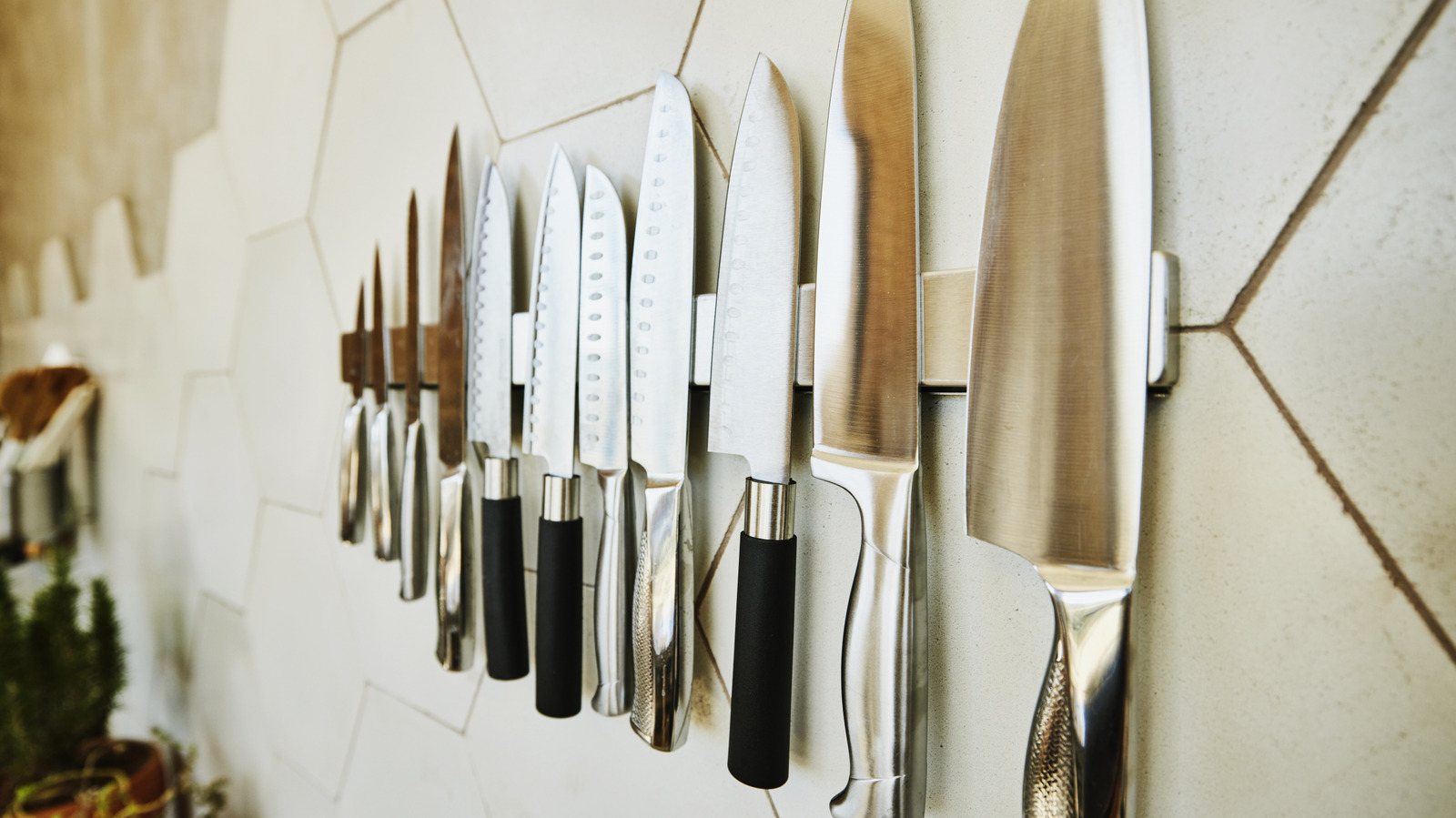Keeping your knives sharp is essential to good kitchen maintenance. A sharp knife is a reliable tool, and we’ve all been frustrated by a blade that was too dull. Dull knives are much more dangerous. If you don’t have a knife sharpener or whetstone handy, your toolbox might just save the day — you can use sandpaper to hone your blade.
Using sandpaper to sharpen your knife is definitely not ideal. This could mar the blade and leave it scratched up and untidy if you don’t follow through with a fine grit for polish. But if this isn’t an expensive, high-quality chef’s knife, or maybe you’re out camping and didn’t bring a sharpener, this is a great hack to keep your knife sharp.
Choosing the right sandpaper depends on how dull your knife is to begin with. If the knife is so dull you think it might need to be replaced, start with a coarse grit sandpaper. The lower the number of the sandpaper, the coarser the grit. If your blade is very dull or even damaged, start with a grit between 180 and 400. You want to use wet/dry sandpaper so it can be used wet when you sharpen your blade. The water prevents the metal particles from sticking together and further damaging the knife. Once you have your edge sharpened, use a higher grit (1000 or more) sandpaper to smooth and polish the blade to a razor fine edge.
How to sharpen your knife with sandpaper
Set up: Start by placing your paper on a hard surface with a soft backing. A block of wood padded with leather or old denim works well. The hard surface adds stability while the soft layer adds just enough give. If the surface flexes with the knife, it sharpens more easily. Secure the paper with tape or clamps to keep it from slipping. Start with your coarsest paper.
Step 1: To find the angle of your blade, hold it firmly against the sandpaper, then slowly raise the spine as you push the blade away from yourself. You’ll feel mild resistance around 15 to 20 degrees. That’s your sharpening angle.
Step 2: Push the blade away across the wet surface of the paper. Imagine shaving the paper’s surface. You don’t need a lot of pressure. Just push in one direction or move the blade in circles. You’ll see the water turn grey with metal particles to let you know it’s working.
Step 3: Rinse and flip the blade to repeat the motion on the other side. When ready, rinse the blade once more, then test the sharpness by slicing through a piece of paper. When it slices cleanly, the blade is sharp. If it’s not ready, keep sharpening. You may need to move up to a 400 grit at this point for a more refined edge.
Step 4: If the blade is scratched and rough, you can repeat this process with finer grit sandpaper. A finer grit gives better polish. While finer grits can improve sharpness, it’s mostly for appearance.






